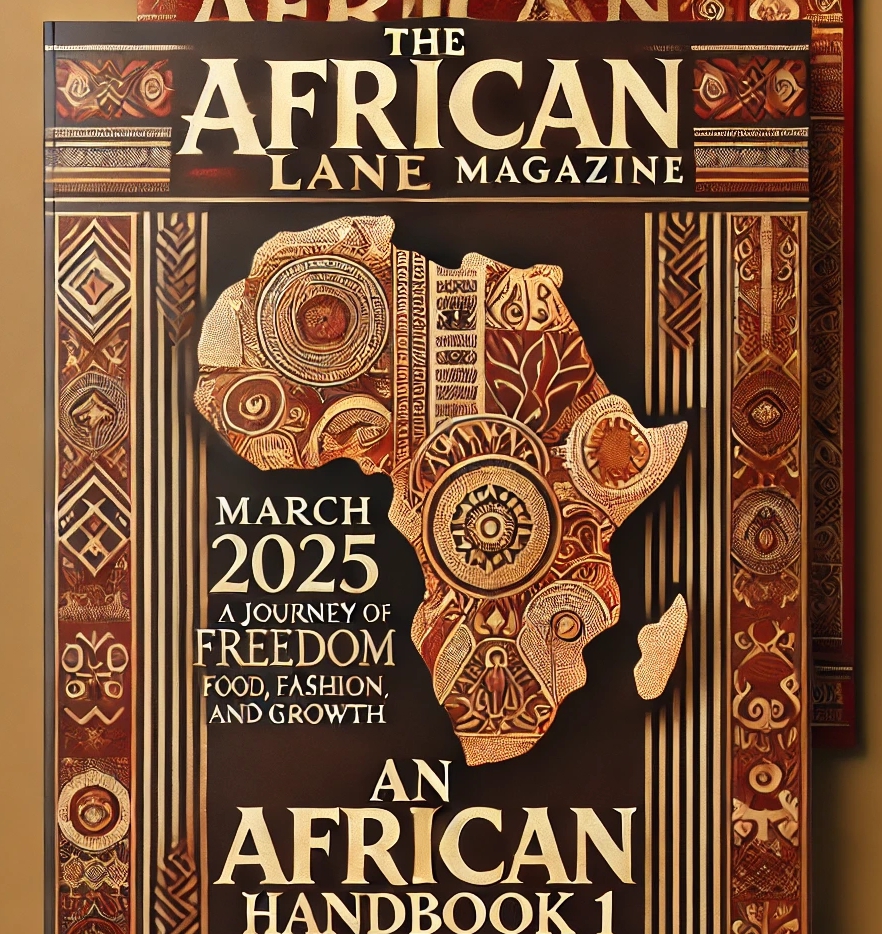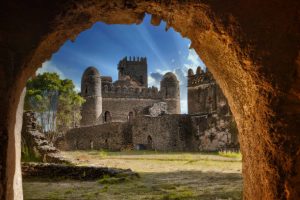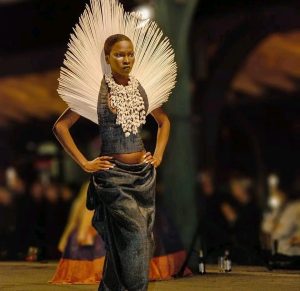All you need to know about São Tomé and Príncipe
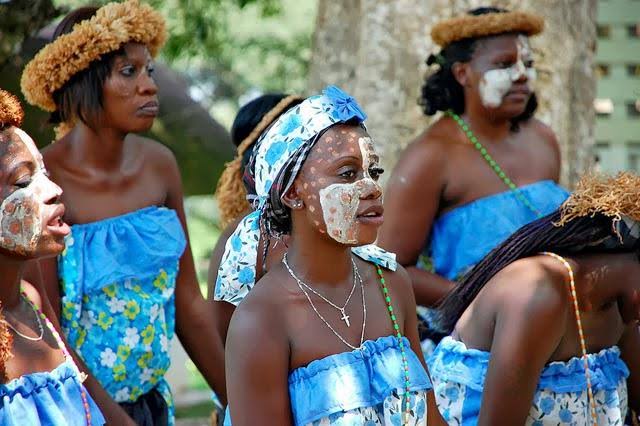
Traditional wear in Sao tome and Principe
The São Tomé and Príncipe, an African island nation close to the equator, is part of a volcano chain featuring striking rock and coral formations, rainforests and beaches. On the larger island, São Tomé, is the Lagoa Azul lagoon. Ôbo Natural Park, a biodiverse jungle preserve, covers much of São Tomé and is distinguished by Pico Cão Grande, a skyscraperlike volcanic rock.
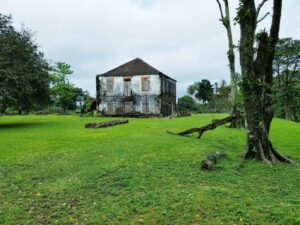
República Democrática de São Tomé e Príncipe
short form: S. Tomé e Príncipe
int’l long form: Democratic Republic of São Tomé and Príncipe
abbreviations: R.D.S.T.P., STP
Local Time = UTC
Actual Time: Sat-Nov-20 05:45Country Calling Code: +239Capital City: São ToméOther Cities: Trinidade, Santana, Angolares, Neves, Santo Antonio (capital of Principe).Government:
Type: Republic.
Independence: 12 July 1975 (from Portugal).Geography:
Location: Western Central Africa; islands straddling the equator in the Gulf of Guinea west of Gabon.
Area: 1 000 sq. km. (386 sq. mi.)
Terrain: Two small, volcanic islands.Climate: Tropical, with wet and dry seasons, influenced by the mountainous topography.
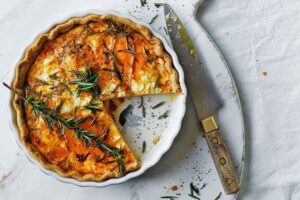
People:
Nationality: Sao Tomean(s).
Population: 178,700 (2016)
Ethnic groups: Mixed African, Portuguese-African.
Religions: Christian 80%.
Languages: Portuguese (official).
Literacy: 68%
Natural resources: Fish, hydropower, petroleum (not yet exploited).
Agriculture products: Cocoa, coconuts, copra, palm kernels, cinnamon, pepper, coffee, bananas, beans, poultry.
Industries: light construction, shirts, soap, beer, fisheries, shrimp processing, palm oil.
Exports – commodities: cocoa 80%, copra, coffee, palm oil (2010 est.)
Exports partners: Netherlands 29.2%, Belgium 22.4%, Spain 15.5%, USA 6.6%, Nigeria 5.1% (2015)
Imports – commodities: machinery and electrical equipment, food products, petroleum products
Imports partners: Portugal 65.2%, China 8.1%, Gabon 7.3% (2015)
Currency: Dobra (STD)

Visit Roça Sundy to see where Einstein’s Theory of Relativity was proven in 1919 by Sir Arthur Eddington. Even better, stay a couple of nights in the restored governor’s house, and explore the beautiful abandoned buildings on the plantation, as well as checking out the information boards that explain how Sir Arthur demonstrated gravity during a solar eclipse. This plantation is the biggest on the island, and the only one that produced coffee
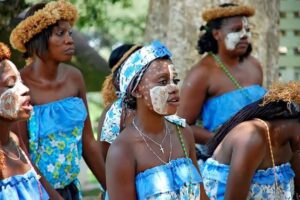
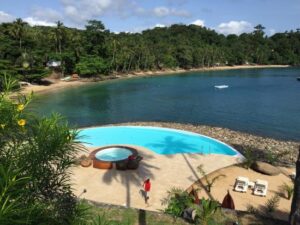
Club Santana Resort
A popular spot for beach lovers and luxury seekers in search of Sao Tome’s fabled cocktail of sand, sea and sun on the Atlantic, the little town of Santana spills down to the shoreline on the eastern edge of the island, emerging from the lanky palms of the jungle and the volcanic hills like some forgotten village in the land of Robinson Crusoe.
Ethnic groups
Distinct ethnic groups on São Tomé and Príncipe include:
- Mestiços, or mixed-blood, are descendants of Portuguese colonists and African slaves brought to the islands during the early years of settlement from Benin, Gabon, the Republic of the Congo, the Democratic Republic of the Congo, and Angola (these people also are known as filhos da terra or “children of the land”).
- Angolares are reputedly descendants of Angolan slaves who survived a 1540 shipwreck and now earn their livelihood fishing.
- Forros are descendants of freed slaves when slavery was abolished.
- Serviçais are contract laborers from Angola, Mozambique, and Cape Verde, living temporarily on the islands.
- Tongas are children of serviçais born on the islands.
- Europeans, primarily Portuguese
- Asians, mostly Chinese, including Macanese people of mixed Portuguese and Chinese descent from Macau
Cultural life
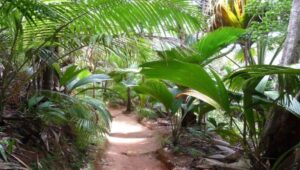
Obo National Park
Otherworldly and awesome, the Obo National Park is one that rarely fails to take the breath away.
Covering a vast area of more than 230 square kilometers on the southern side of Sao Tome, the great wilderness ranges from salt-washed mangroves on the shore to virgin Atlantic rainforests in the highlands.
This small country has a homogeneous creole culture, profoundly marked by centuries of blending elements of the dominant Roman Catholic Portuguese culture with various African influences. The kinship system is bilateral, although men traditionally have been polygynous. With the virtual absence of monogamous marriage, the conjugal system is characterized by a high incidence of multiple and serial customary unions and visiting relationships; as a result, about one-third of households are headed by females. Despite more than 500 years of Roman Catholicism, local practices have been restricted largely to baptism and a few rites, such as processions and funerals. Various traditional African practices and beliefs have always coexisted with Roman Catholicism.
The lexicon of the three local creole languages is predominantly derived from Portuguese, whereas their phonology and syntax stem from African languages. Many African elements have been adopted in the cooking, customs, and beliefs of much of the population, and most people of lower socioeconomic status speak only creole in daily life. Famous examples of cultural creolization are the plays The Tragic Story of the Marquis of Mântua and Emperor Charlemagne (known as Tchiloli on São Tomé island) and Auto da Floripes, popular on Príncipe island, both of which are based on 16th-century Portuguese dramas.
The capital of Sao Tome and Principe, the city of Sao Tome, has about a quarter of the country’s population; Santo Antonio is the largest city on Principe; the northern areas of both islands have the highest population density, as shown in this population distribution map.
Sao Tome and Principe is currently the smallest Portuguese-speaking country on the planet. It would be the most sparsely populated state in Africa, but Seychelles holds first place.
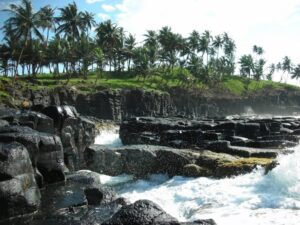
Boca de Inferno
The curious geological formations that poke out to meet the swells of the Atlantic on the eastern shore of Sao Tome find their zenith with the strikingly-named Boca de Inferno (that’s Hell’s Mouth in English). Visitors flock to this spot just a short drive south of the capital, to see as the salty whitecaps crash against the shore, and the currents draw water into a subterranean cave, all before they shoot sky high like some marine geyser.
Portuguese is the official Sao Tome and Principe language on the islands, but about a little more than a third of Sao Tome and Principe’s citizens use Forro. Forro is classified as the Creole language, which is based on Portuguese
About 70% of the population are Creoles, mixed descendants of Portuguese and Negroes. The majority of the population is employed in agriculture, growing lucrative crops such as cocoa. Some work on their own small farms. Part of the Sao Tome and Principe population is engaged in fishing in the sea.
Sao Tome and Principe tourism is one of the “three whales” on which the relative economic balance is based. Almost access to the islands for tourists was opened in the late 80s of the XX century, which allows you to enjoy the virgin beauty of the wonderful places. The book of Sao Tome and Principe’s history consists of two pages devoted to the slave trade and plantation economy. It was a long time ago, but the ancient plantations have been preserved and act as tourist attractions
Santomean Cuisine

The Santomean cuisine exhibits influences of African and Portuguese cuisines. The country imports much of its food since local produce is not sufficient to meet the need of the residents. The arable land is only about 8.33% of the total land area. Some food crops like taro, beans, papaya, bananas, and maize are grown in the country. Fish and other seafood are, however, available in plenty. Poultry is also raised.
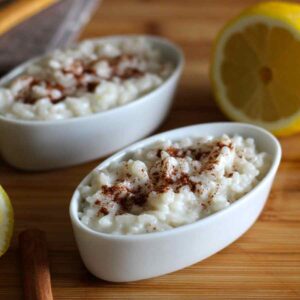
Coconut water, coffee, and tea are the most widely consumed non-alcoholic beverages. Rum, aquardente, palm wine, Ponche (a cocktail), and some alcoholic drinks imported from Portugal are very popular.
Sources: Wikipedia, Britannica, World Atlas, Ioinspiration.com, traveltourxp.com, tripadvisor.com, crazytourist.com, conversanttraveller.com
